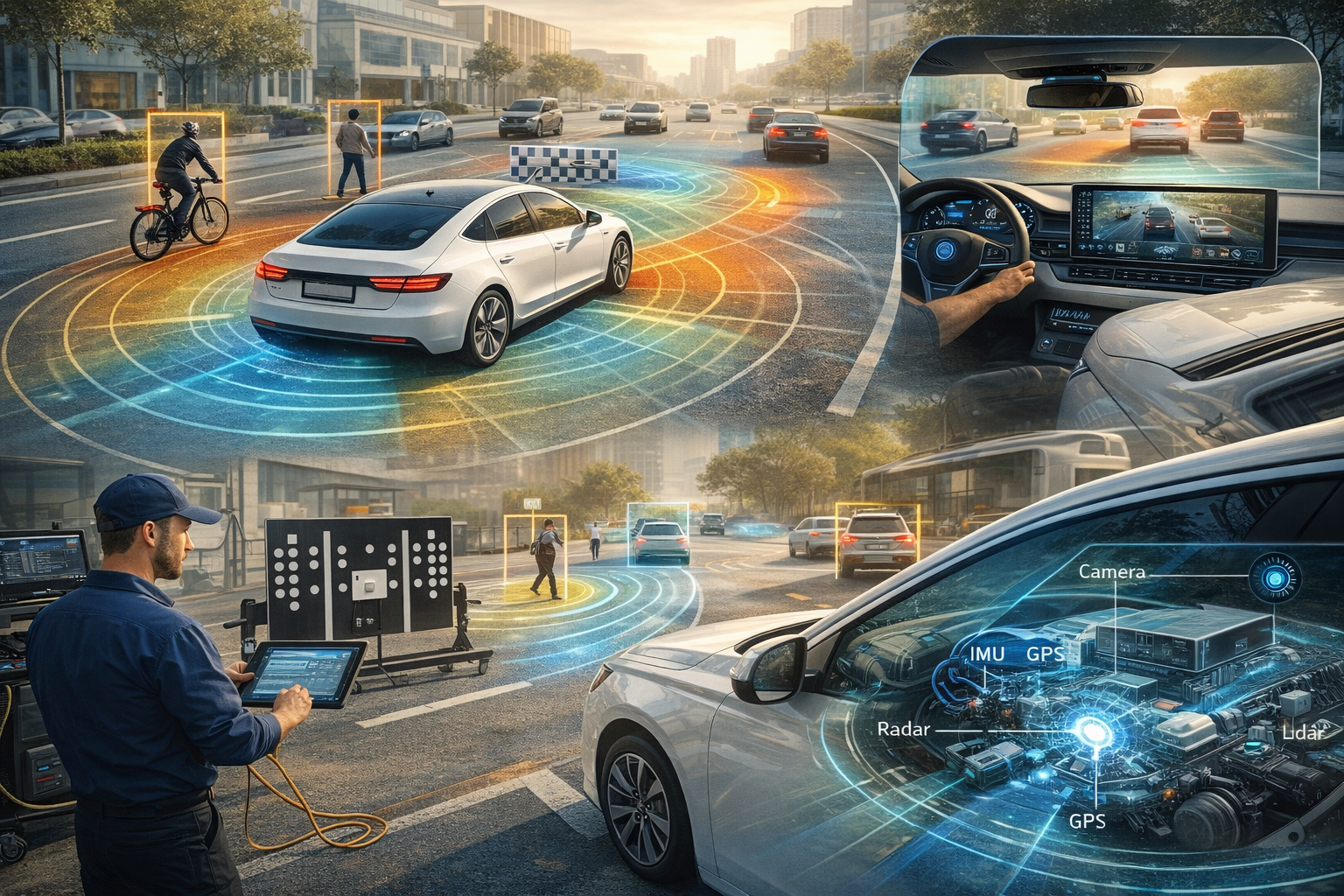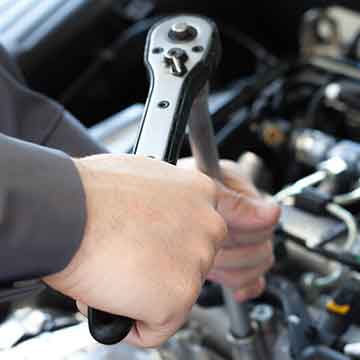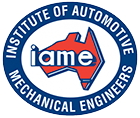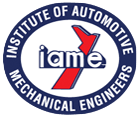Mahindra's Ambitious Expansion: 65 Dealerships in Australia by Christmas
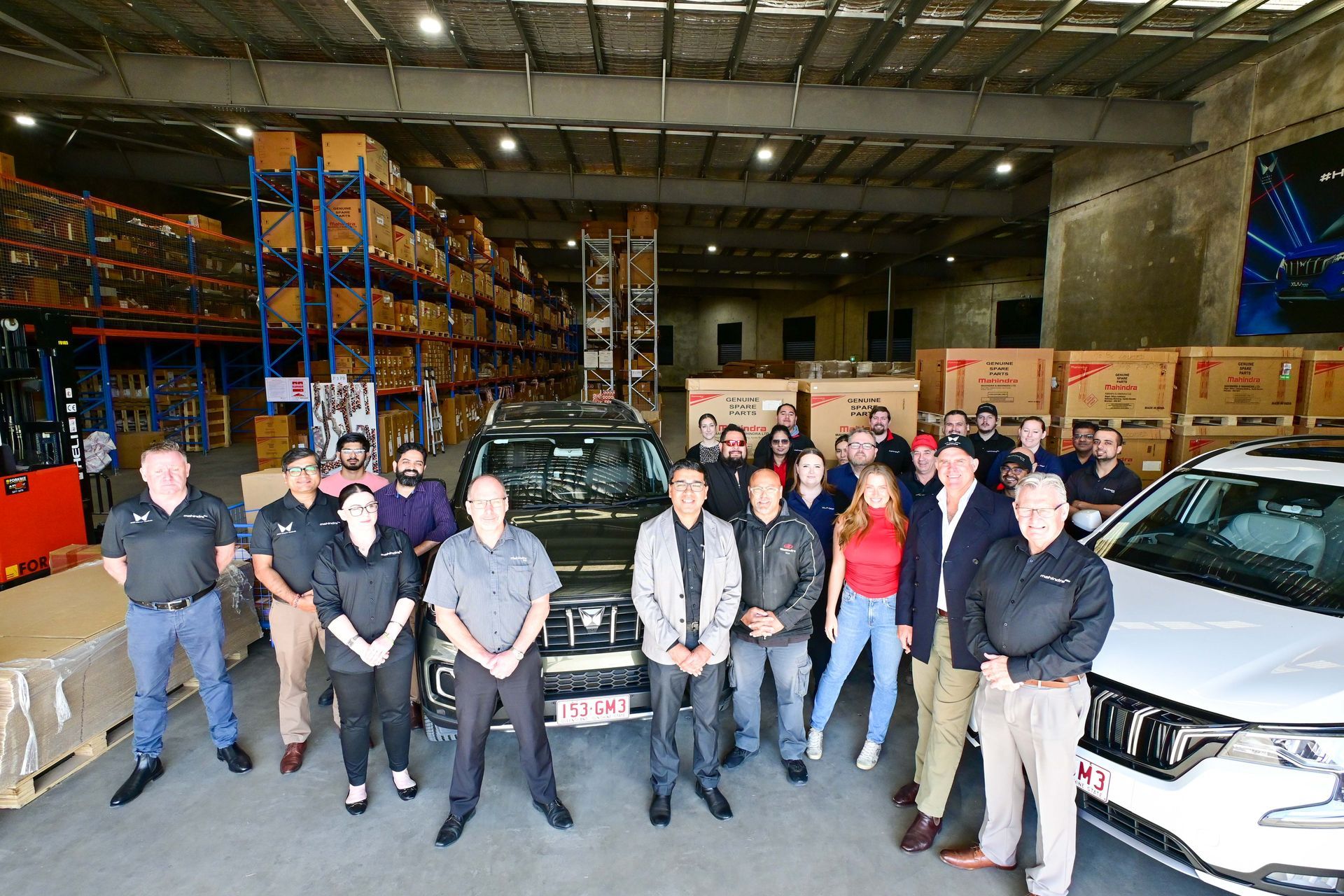
Indian automotive giant Mahindra & Mahindra Ltd. has set its sights on a grand expansion in the Land Down Under. With ambitious plans to establish 65 dealerships operating across Australia by Christmas, Mahindra is poised to make a significant mark in the Australian automotive market. This bold move signals not only the company's confidence in its products but also its commitment to catering to the Australian consumers' diverse needs.
Mahindra: A Global Automotive Player
Mahindra, a conglomerate with a rich history dating back to 1945, has grown into a global automotive powerhouse. Known for its commitment to quality, innovation, and affordability, Mahindra has successfully ventured into various sectors, including automotive, aerospace, and information technology.
In recent years, Mahindra's automotive division has gained recognition for its robust and versatile range of vehicles, particularly in the SUV and commercial vehicle segments. Mahindra has a global presence, with operations in over 100 countries and manufacturing facilities in India, the United States, South Africa, and more.
Australian Expansion: A Strategic Move
Mahindra's decision to expand its presence in Australia is a strategic move that reflects the company's long-term vision for the region. Australia, known for its diverse terrain and demanding driving conditions, presents a unique market for SUVs and off-road vehicles, which are among Mahindra's specialties.
The company is not entering this market blindly; it has done its homework. Mahindra has invested in understanding the Australian consumer's preferences, needs, and expectations. By tailoring its offerings to the Australian market, Mahindra aims to create a strong and loyal customer base.
Diverse Vehicle Portfolio
Mahindra's vehicle lineup is well-suited for the Australian market. The brand offers a range of SUVs, including the popular Mahindra Thar, Scorpio, and XUV500. These vehicles are known for their ruggedness, reliability, and off-road capabilities, making them ideal choices for adventurous Australian drivers.
Additionally, Mahindra offers a selection of compact SUVs and electric vehicles (EVs) that align with the growing trend toward sustainable transportation. With the world moving towards electric mobility, Mahindra is prepared to introduce its EV lineup to cater to environmentally-conscious consumers in Australia.
Boosting Local Economy
Mahindra's expansion plans will not only benefit the brand but also have a positive impact on the Australian economy. The establishment of 65 dealerships will create jobs, generate business for local suppliers, and contribute to the growth of the automotive industry in the region.
Furthermore, Mahindra's commitment to after-sales service and customer support ensures that Australian buyers can enjoy a hassle-free ownership experience, strengthening the brand's reputation for reliability and customer satisfaction.
Mahindra's ambitious goal of having 65 dealerships operating in Australia by Christmas represents a significant milestone in the company's global expansion strategy. With a diverse portfolio of SUVs and a commitment to meeting the unique needs of the Australian market, Mahindra is well-positioned to establish a strong presence in the Land of Oz. As the company continues to grow and innovate, Australian consumers can look forward to a wider range of automotive options and a trusted partner in their automotive journeys.
